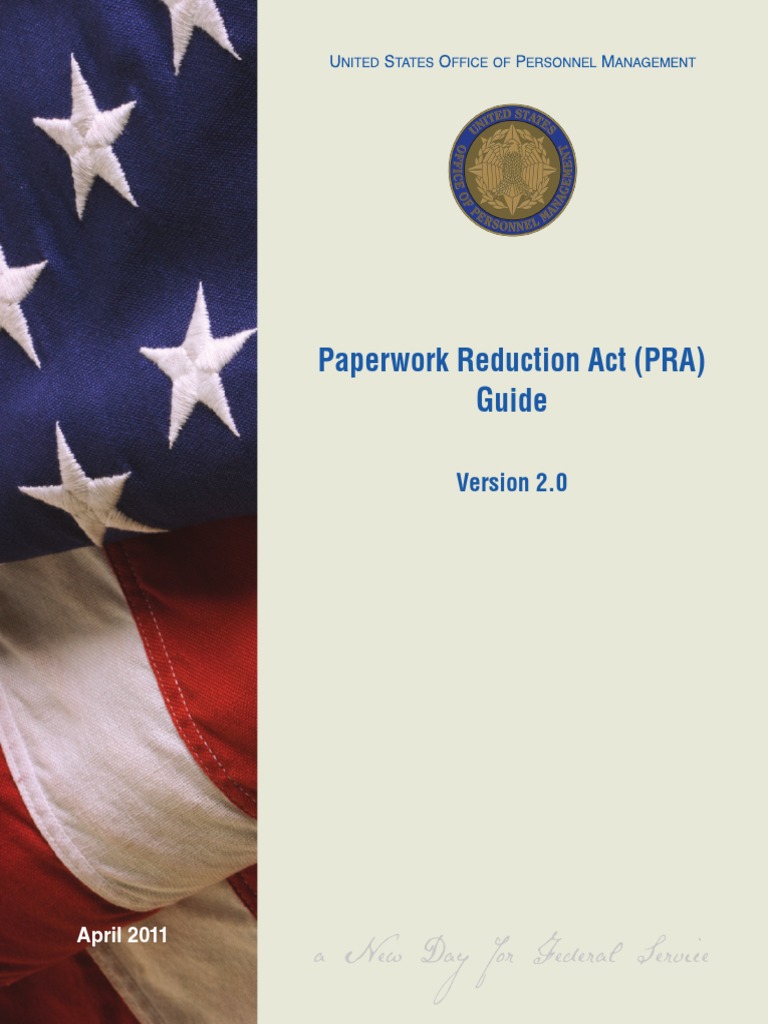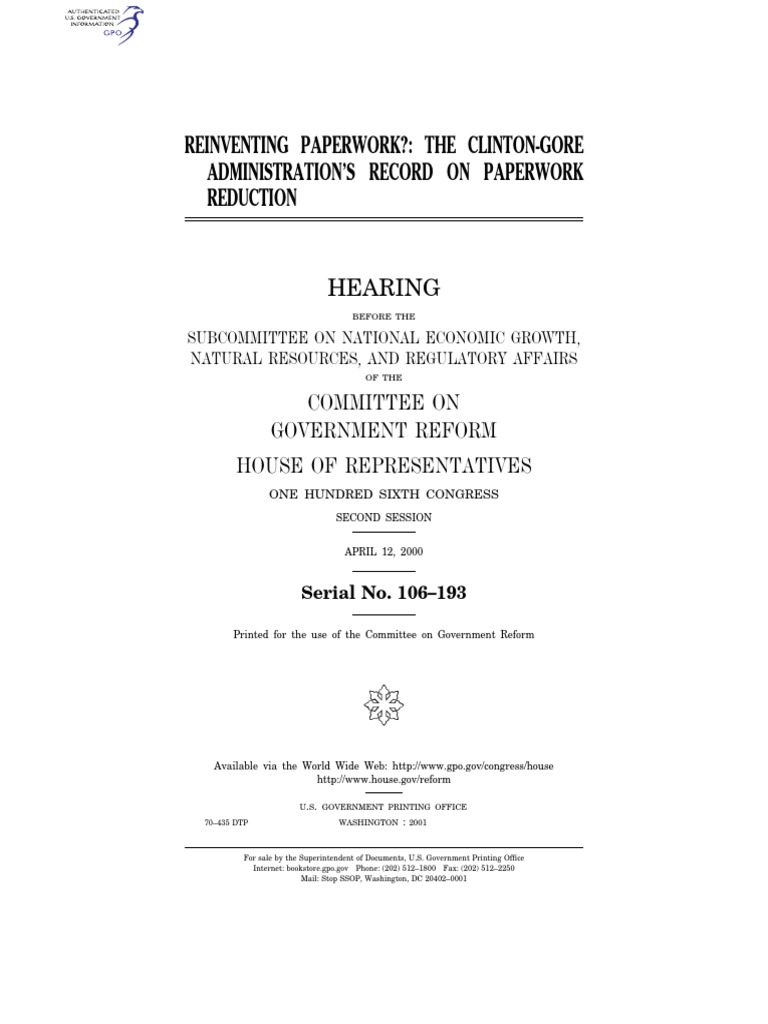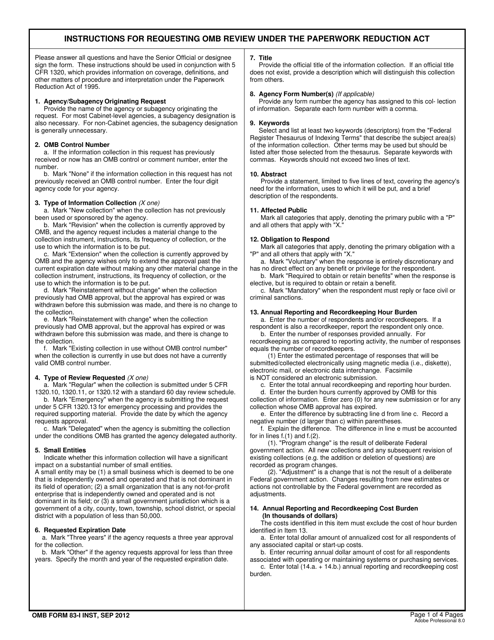5 Key Facts: The Paperwork Reduction Act of 1980

Introduction to the Paperwork Reduction Act of 1980

The Paperwork Reduction Act (PRA) of 1980 is a crucial piece of legislation aimed at reducing the burden on individuals, small businesses, educational institutions, and state and local governments when it comes to federal paperwork. This act has several key facets and objectives, which we'll delve into here to provide a comprehensive understanding.
The Purpose of the PRA

The primary goal of the Paperwork Reduction Act was to minimize the administrative burden imposed by federal information collection activities. Here are the five key objectives:
- Reduce Paperwork: By streamlining the collection, processing, and management of federal information.
- Improve Efficiency: To enhance the efficiency of federal agencies through better information management practices.
- Promote Electronic Government: Encouraging the use of electronic technology to reduce paperwork, increase transparency, and improve public access to information.
- Public Participation: Ensuring that the public has a say in the creation, modification, and elimination of paperwork requirements.
- Data Integrity and Burden Minimization: Ensuring the accuracy, reliability, and confidentiality of data while minimizing the impact on respondents.
💡 Note: The PRA aims to make government more accountable by controlling and reducing the volume of federal information collections.
How the PRA Works

The PRA establishes a system for:
- Review and Approval: Any new or revised federal information collection effort must undergo a review by the Office of Information and Regulatory Affairs (OIRA) within the Office of Management and Budget (OMB). This review ensures compliance with the PRA’s goals.
- Public Comment: Federal agencies must provide opportunities for public comment on proposed collections, allowing citizens to weigh in on potential burdens.
- Clearance Process: Agencies must submit a clearance package to OIRA, which includes a justification for the information collection, estimates of time and cost for respondents, and steps taken to minimize the burden.
Key Provisions of the PRA

Let’s explore some of the act’s provisions:
| Provision | Description |
|---|---|
| Information Collection Budget | Establishes a budget that tracks and controls information collection across federal agencies. |
| Forms Management | Agencies are required to have a forms management program that evaluates forms for necessity, efficiency, and compliance. |
| Data Confidentiality | Ensures data collected under the act remains confidential and is used only for the purpose it was collected. |
| Penalties for Non-Compliance | Agencies that fail to comply can face penalties including fines and the suspension of information collection authority. |
| Public Burden Reduction | Agencies must design their information collection to minimize respondent burden and maximize electronic submission options. |

📌 Note: The PRA has played a significant role in shaping the way federal agencies interact with the public through information collection.
Impact and Legacy

The Paperwork Reduction Act has had a lasting impact on:
- Public Trust: By ensuring transparency and minimizing unnecessary paperwork, the PRA has increased public trust in government activities.
- Electronic Filing: It has encouraged and accelerated the adoption of electronic filing systems, reducing paper use and improving efficiency.
- Standardization: It has set standards for how agencies manage information, reducing the complexity of compliance for citizens and businesses.
Wrapping Up

As we’ve explored, the Paperwork Reduction Act of 1980 has been instrumental in streamlining federal information collection processes, promoting efficiency, and reducing the burden on respondents. Its provisions encourage government transparency, public participation, and the adoption of modern technology, thereby transforming how federal agencies interact with the public. This legislation continues to play a vital role in ensuring that the administrative processes of the federal government are fair, efficient, and considerate of those they serve.
Who oversees compliance with the Paperwork Reduction Act?

+
The Office of Information and Regulatory Affairs (OIRA) within the Office of Management and Budget (OMB) oversees compliance with the PRA.
How does the PRA affect small businesses?

+
By reducing the paperwork burden, the PRA helps small businesses by minimizing the time and cost associated with complying with federal information requests.
What happens if an agency does not comply with the PRA?

+
Non-compliance can lead to fines, sanctions, and the suspension of an agency’s ability to collect information until compliance is restored.